Ice Treasures in Europe
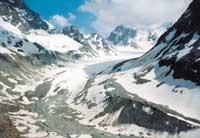
Glaciers have a great importance in the dynamics and evolution of the continent. In addition, they act outside the ice zone, on the water flow of an area, on the erosion and dispersion of sediments, on the discharge that reaches the sea, etc. They are also important in human life.
Today, however, glacial settlements are increasingly limited. However, they exist in Europe, in the main mountains and in areas of high latitude. Its size and appearance are very varied and its shapes and modeling are very varied.
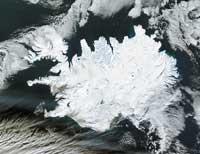
The size of the glaciers always varies according to the seasons of the year, in winter the accumulation of snow occurs and in summer the ablation. Climate change, however, is causing changes on a larger scale and, at this time, most European glaciers are declining, as are many in the world. Maximum of the last sixteenth century. and XIX. They did it between centuries, in the Little Ice Age. XX. Since the beginning of the 20th century they have been decreasing.
In addition, in recent decades the speed of recoil has increased in many cases. In the first half of the last century the northern hemisphere heated an average of 0.3 °C. Only in the last room did the same warm up. As a result of these changes, the retreat of glaciers has been remarkable since 1930. The areas of accumulation have been delayed and every time you have to go higher to find glaciers.

In the Vatnajökull, the largest European landsis, for example, has measured a regression of ten meters a year. This continental glacier is located in the east of Iceland, and the valley glaciers that come out of it formerly spread all over the coast.
This is also the case of Breidamerkurjökull. At the beginning of the century the tip of the snow reached the coast, three kilometers in 1960 and eight at present. In addition, there is a great depression in the core of the glacier. From there it will melt and release a huge mass of ice in the fiord.
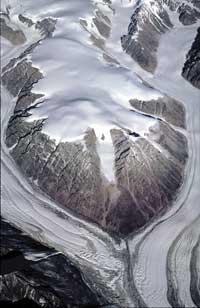
The case of mountain glaciers is even more serious. Its size is much smaller than that of Iceland, but in many of these setbacks it is also about ten meters a year. The most important in Europe are found in the Alps, created in the shelter of the great mountains and spread to the plains. The extent of the glaciers of this mountain range has decreased by 40% since 1850, losing half in volume.
In the Pyrenees the loss has also been important. In 1870 the glaciers formed 45 km 2. In 2000 only about 5 km 2 remained and are being delayed at high speed. The setback of the last fifteen years has been especially rapid.
The total disappearance of some areas and the decrease of active areas in the ice zones is due to the limitation of the ice feed and the movement of the ice body. Many of the ancient glacial circuses are now only fridges and have lost their glacial status.

In the south side the situation is worse than in the north and since 1980 they have lost more than half of its extension. Seventeen glaciers have disappeared since 1991, which currently have only ten active zones. According to experts, the overexploitation of these areas has led to the delay.
Where a few years ago were covered with snow and ice, now is the land and bare rock, where you can see remains of the action of glaciers. The recovery of these land for agricultural use or other exploitation in some areas has led to a major change in the life of the area.

Elsewhere, however, the retreat of glaciers is causing serious problems, especially in the vicinity of high relief areas. In them, erosion has increased in areas that in a short time have been released from the ice, since there is no protection against wind and rain.
In addition, hydrology can also undergo major changes in the future due to the importance of glacial ice in the flow dynamics of the valleys.
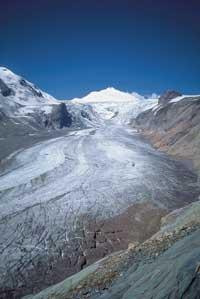
If glaciers are too late, in principle the flow will increase considerably due to thaw. On the contrary, from a moment on, a significant decrease in flows can occur, as the main source will be decreasing. In some cases it may even disappear completely.
High speed change
Glaciers have been used as indicators of climate change and their consequences remain patent. Much has been discussed in recent years about the actual extent of this change, the extent of human participation in it. The warming has been past and the Earth has been much warmer than now.
Before the Little Ice Age, for example, the extent of glaciers was smaller in many places in Europe. On the coasts of Iceland, for example, there was no ice at that time. But the debate has calurado, especially in recent decades, the speed at which changes are taking place. And as the debate progresses, less and less ice accumulates in many glaciers.
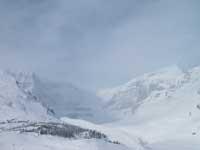
It's not easy to predict what's going to happen in the future, but there are many experts who expect the retreat to stay. For the moment, there are the spectacular freezers of the continent, protagonists of the landscape.





